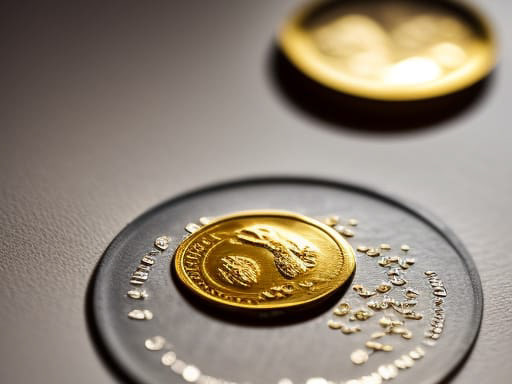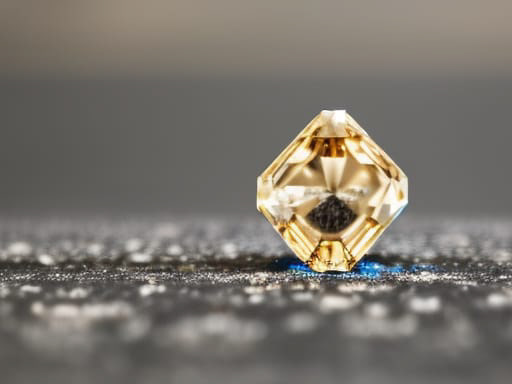Gold is a chemical element that is highly valued for its rarity, resistance to corrosion, electrical conductivity, malleability, ductility, and beauty. The true origin of gold predates the formation of the Earth. Scientists believe that all the gold on Earth formed in supernovae and neutron star collisions that occurred before the solar system formed.
In these events, gold formed during the r-process. Gold sank to the Earth’s core during the planet’s formation. It’s only accessible today because of asteroid bombardment. Theoretically, it’s possible to form gold by the nuclear processes of fusion, fission, and radioactive decay. It’s easiest for scientists to transmute gold by bombarding the heavier element mercury and producing gold via decay. However, gold cannot be produced via chemistry or alchemy. Chemical reactions cannot change the number of protons within an atom. The proton number or atomic number defines an element’s identity.
Gold is primarily formed through hydrothermal processes, which occur when hot fluids move through rocks and deposit minerals. These fluids are often enriched with gold, which is then deposited in veins or cracks in the surrounding rock
. Another way that gold can be formed is through placer deposits. All of the gold found on Earth came from the debris of dead stars. As the Earth formed, heavy elements such as iron and gold sank toward the planet’s core. If no other event had occurred, there would be no gold in the Earth’s crust. But around 4 billion years ago, Earth was bombarded by asteroid impacts. These impacts stirred the deeper layers of the planet and forced some gold into the mantle and crust .
Some gold may be found in rock ores. It may occur as flakes, as pure native elements, and with silver in the natural alloy electrum. Erosion frees the gold from other minerals. Since gold is heavy, it sinks and accumulates in stream beds, alluvial deposits, and the ocean. Earthquakes play an important role as a shifting fault rapidly decompresses mineral-rich water. When the water vaporizes, veins of quartz and gold deposit onto rock surfaces.
The amount of gold extracted from the Earth is a tiny fraction of its total mass. In 2016, it was estimated that 5,726,000,000 troy ounces or 196,320 U.S. tons had been produced since the dawn of civilization. In conclusion, while it is possible to create gold artificially through nuclear processes such as fusion and fission, it is not feasible to do so through chemical reactions or alchemy. Gold is primarily formed through hydrothermal processes enriched with gold that are deposited in veins or cracks in surrounding rock or through placer deposits. All of the gold found on Earth came from dead stars’ debris and was forced into Earth’s mantle and crust by asteroid impacts around 4 billion years ago 123.








